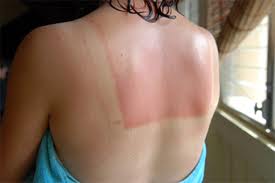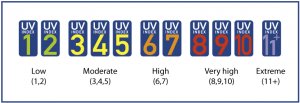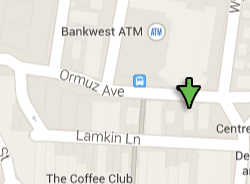MOLECARE ORMUZ AVENUE
Why life time UV exposure matters
UV light injures skin cells: The sun rays provides us with warmth, light and energy, but the ultraviolet wavelength of sunlight penetrates the surface of our skin and causes damage to the structure of our skin and to the DNA (the genetic coding that defines how a normal skin cell should behave during its lifecycle) within the skin cells. This damage is most readily noticed if we get sun burnt. The pain and redness seen in sun burn is evidence of the inflammation reaction by our body’s immune system to the UV damage to our skin. In sunburn, many skin cells die and later ‘peel’ off. The skin cells that survive the sunburn are left with UV damage to their DNA.
The wavelengths of UV light: UV light is divided into three bands based on wavelength: UVA, UVB, UVC.
Most UVA and about 10% of UVB reach the earth’s surface.
UVA penetrates deepest into the skin and contributes most to pre-mature skin aging and is increasingly being recognised as a major causative factor of skin damage and skin cancer risk. UVA is the predominant wavelength of the lights used in tanning booths and solariums. Because the lights in tanning booths are so close to the skin and more body skin may be exposed because of the privacy offered by these booths, they are considered to be a higher risk source for skin cancer development than the same duration of natural sunlight exposure.
UVB penetrates less deeply into the skin and is absorbed by the cells (squamous, basal and melanocytes) closest to the skin surface. The wavelength of UVB is more noxious to the skin than UVA and it is therefore the most dangerous. UVB is the main cause of sunburn.
UVC is the most noxious of the three UV wavelengths but little UVC reaches us from the sun because it is nearly completely filtered out by the earth’s ozone. UVC is however present in the bright light flare that occurs during arc welding. The UVC exposure from arc welding can cause ‘flash burns’ to unprotected eyes and ‘sunburn’ like burns to exposed skin and further contributes to the risk of that person developing skin cancer in the exposed skin.
The Ultraviolet Index (UVI) and sunscreen use:
The Ultraviolet Index (UVI) is designed to indicate the potential for skin damage and to encourage people to protect themselves. The higher the UVI value, the greater the potential for damage to the skin and eyes, and the less time it takes for harm to occur. Sun protection should be used when the UV index is 3 or higher.
More about UV radiation and health - Click Here
Information sources:
http://www.libelium.com/wireless_sensor_networks_detect_ultraviolet_radiation_uv/
http://www.who.int/uv/en/
Previous – Why skin type matters Next – UV light & premature skin aging






